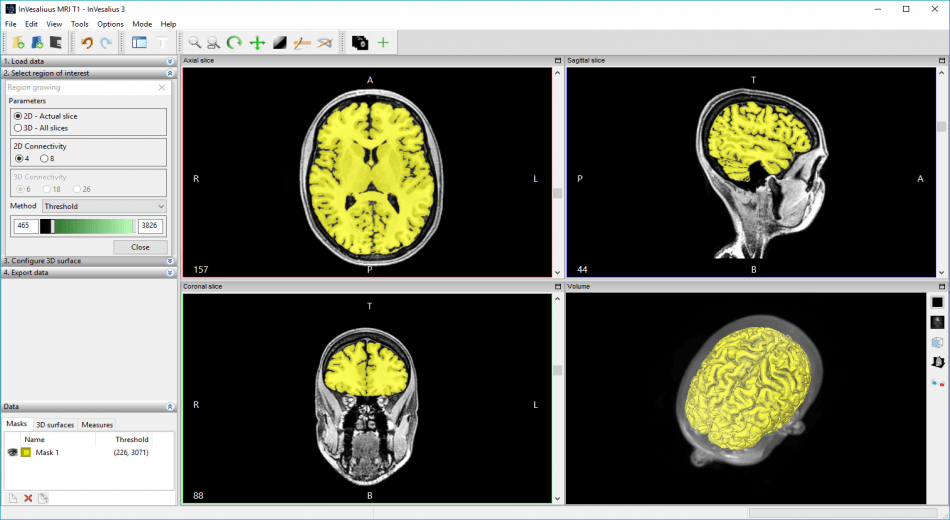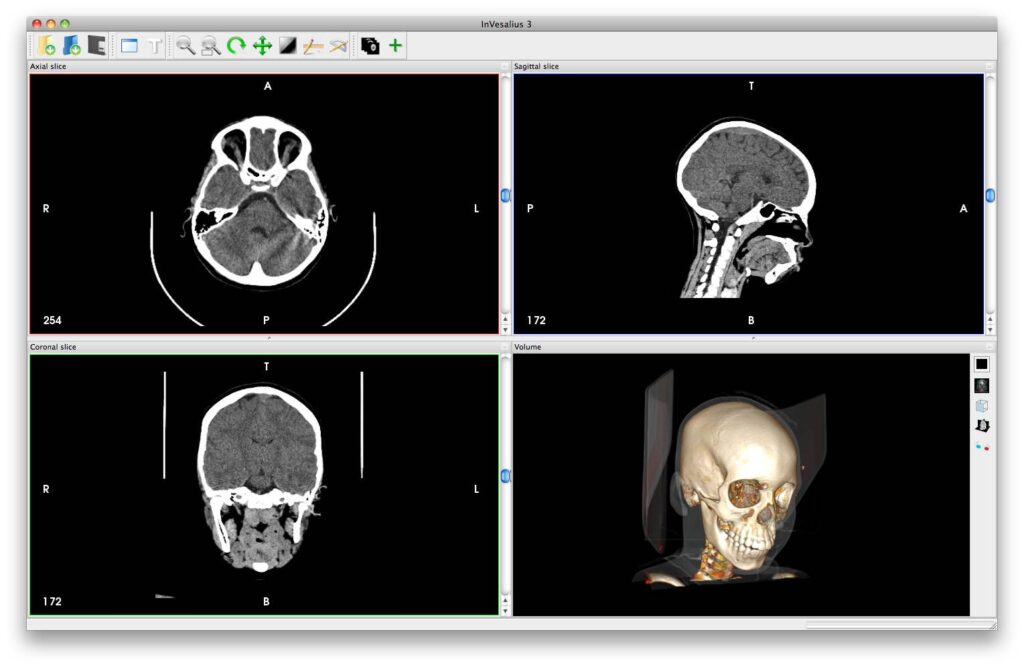Managing medical images and scans is an increasingly complex task for healthcare organizations of all sizes.
As imaging equipment and PACS systems advance, the volume of the DICOM image database requiring coordinated storage, access, and sharing continues expanding exponentially.
At some point, many facilities discover their current workflows and infrastructures strain to support the long-term management of these crucial information assets. Common indicators include:
Difficulties Tracking or Locating Images
- Picture archiving and communication systems (PACS) have limited search, organization, and display capabilities for studying images over time, especially compared to purpose-built clinical data repositories. Clinicians waste precious hours hunting across disparate silos for prior patient scans.
- Legacy CD/DVD/hard copy film archives prove burdensome to search physically. This delays comparing new images to historical ones for a longitudinal view.
Image Sprawl Across Multiple Repositories
- Many healthcare IT environments evolve haphazardly, with images siloed across various PACS, VNAs, cloud archives, departmental systems, and other repositories.
- Consolidating studies for a unified patient record requires painstaking manual efforts. Critical prior images often get overlooked somewhere in the disjointed mess.
Prior Images Unavailable at Points of Care
- Limited interoperability and integration between modalities, networks, facilities, and levels of care impede image availability where and when clinicians need to view them.
- For example, a specialist may lack access to relevant scans from referring physicians when diagnosing remote patients, complicating the coordination of care across multiple teams.
Difficult Exchange and Collaboration with External Entities
- As value-based models emerge, healthcare organizations are increasingly engaging with third parties such as payers, regional HIEs, clinical research groups, and academic institutions.
- Exchanging images with outside entities frequently requires inconvenient manual efforts since few universal interoperability standards exist.
Concerns Over Long-Term Access, Integrity, and Compliance
- PACS and other systems lack the capabilities to independently confirm images remain intact and unmodified over decades per medical-legal regulations.
- With data sprawled and fragmented across environments, maintaining images also becomes expensive, with serious risks of losing historical scans.
Implementing a DICOM Database Offers Major Advantages
If your organization relates to one or more of the scenarios above, the right time to implement a DICOM archive is now. Here is why:
DICOM Improves Search Ability and Access
- DICOM tags images with standards-based metadata, enabling detailed search filters, smart folders, custom presentations, and more. This allows precise, rapid retrieval of any patient study.
- Structured DICOM data integrates smoothly with EHRs, analytics, AI, and modern clinical systems to unify patient information.
DICOM Centralizes the Entire Imaging Archive
- A dedicated DICOM repository consolidates legacy CD/DVD archives, film scans, cloud data, PACS images, and all other modalities into one central archive.
- This unified view ensures complete patient information appears exactly where and when it is needed.
DICOM Enables Seamless Sharing and Collaboration
- As a universally recognized standard for handling medical images, DICOM enables seamless sharing across networks and teams.
- Specialists can request prior external scans on demand instead of re-imaging patients. Multi-facility projects have instant image access.
DICOM Confirms Integrity and Compliance
- DICOM systems continually validate that images have not changed from their origin and track all access. This supports HIPAA auditing and long-term patient retention mandates.
- Backup processes independently confirm images remain intact over decades per regulations.
DICOM Lowers Costs and Streamlines Workflows
- Consolidating all images into a single DICOM archive eliminates siloes and repetitive management across disconnected PACS, VNAs, and imaging modalities.
- This drastically reduces IT infrastructure expenses while optimizing staff productivity.

Key Steps for Integrating DICOM
If integrating DICOM images database technology sounds beneficial, follow these best practices for smooth implementation:
Involve All Stakeholder Groups
- Input from IT, clinical executives, department heads, and frontline clinicians ensures the DICOM solution meets institutional needs. Address any knowledge gaps on DICOM’s purpose.
Assess Current Imaging Workflows
- Map out current systems, usage patterns, interconnectivity, challenges, and goals across imaging source and destination systems. Identify integration priorities.
Validate Network Readiness
- Determine whether networks have sufficient bandwidth to handle DICOM query/retrieve functionality without slowing system performance, especially for large imaging studies.
Provide Strong Change Management and Training
- User adoption suffers without demonstrating DICOM’s benefits and supporting clinicians during onboarding. Clarify updated workflows and provide robust training.
Develop Migration and Support Plans
- Define policies for gradually migrating legacy images into the consolidated DICOM archive while retaining access. Prepare IT support and maintenance procedures.
Choose a Flexible, Scalable DICOM Solution
- Seek a vendor-neutral archive built on standards readily interfacing across modalities. Demand enterprise scalability to handle increasing imaging volumes.
Following these steps, integrating DICOM image database technology at the right time can transform fragmented imaging workflows into centralized, simplified processes that benefit all stakeholders. Reach out if our team can help assess when DICOM implementation would be ideal for your healthcare organization!


